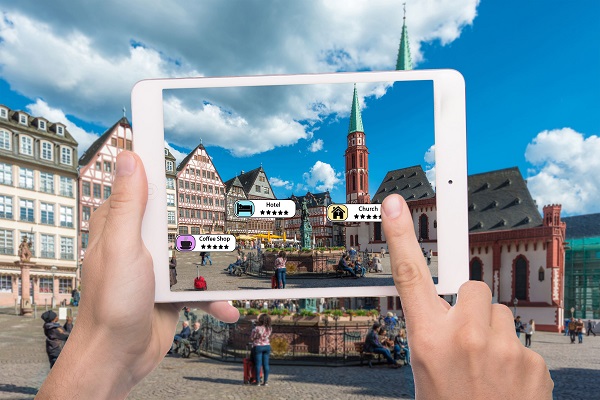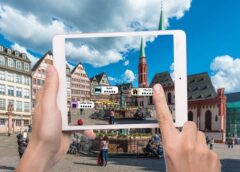
Augmented reality (AR) witnessed unprecedented growth last year, as companies continued looking for more use case scenarios for the technology. Companies like Google, Apple, Microsoft, Amazon, and Facebook invested heavily in the technology. There are companies like Ladbrokes free spins who have yet embraced it, yet, they are giving their clients a great opportunity to enjoy a variety of great online games, thanks to their advanced technology. Nonetheless, the augmented reality market is still growing, with an estimated value of $15.3 billion.
By Jan 2021, the number of active AR devices was estimated to be around 598 million units, and the number is expected to rise by 1.72 billion by 2024. As such, it’s worth exploring different trends that are driving growth in the augmented reality market.
- Mobile AR: Goggle ARCore and Apple ARKit 4
A leading tech company, Apple, recently unveiled the latest version of their open-source AR development tools known as the ARKit 4. Google’s competing tool (ARCore technology) is also making huge steps to keep up with the industry’s competition. These tools are helping developers ease into the augmented reality market, which has contributed to the rise of AR devices and their users.
Since the ARKit came to life in 2017, Apple has unveiled several core updates, including a new depth API, improved face tracking, and location anchors. Google is also improving the ARCore technology, and they’ve recently added public street view photos that allow any android users to submit photos of different locations. These two technologies will continue driving growth in the AR market, considering that most people rely on their smartphones for different things.
- AR in Shopping
Giving buyers the option to shop virtually has been a critical trend for leading retailers like Lacoste, American Apparel, Uniqlo, and others. Some retailers have even designed virtual dressing rooms for their customers to enjoy a try-before-buying experience while at home. That’s especially important at a time like this when social distancing policies are affecting retail businesses worldwide. Fortunately, AR has great potential to solve the issue.
While social distancing has accelerated the use of augmented reality through virtual fitting rooms, the convenience and growing acceptance of the market shows a bright future. The market is expected to reach $10 billion by 2027, with more customers adopting it thanks to its improving precision and accuracy.
- AR for Navigation
AR’s advantages for indoor navigation are hard to ignore with more bandwidth and increased control in the interior environment. Users have a wide range of tools to enhance the experience in different scales, including QR codes, ceiling antennas, and Bluetooth beacons. Nonetheless, with a robust Wi-Fi network, Apple’s iPhone AR is all you need for indoor positioning.
Google’s ARCore and Apple ARKit based applications can help customers find their way through shopping malls, airports, and other places. Indoor navigation is also set to improve AR technology advances significantly, assisting customers in locating what they need when shopping or visiting different places.
The Future of AR
With the value of augmented reality in the market expected to rise to $25 billion in the next five years, the market’s future is bright. However, this potential growth in the coming years will be largely influenced by investments from different business spheres, including healthcare, video games, retail, engineering, and real estate.
